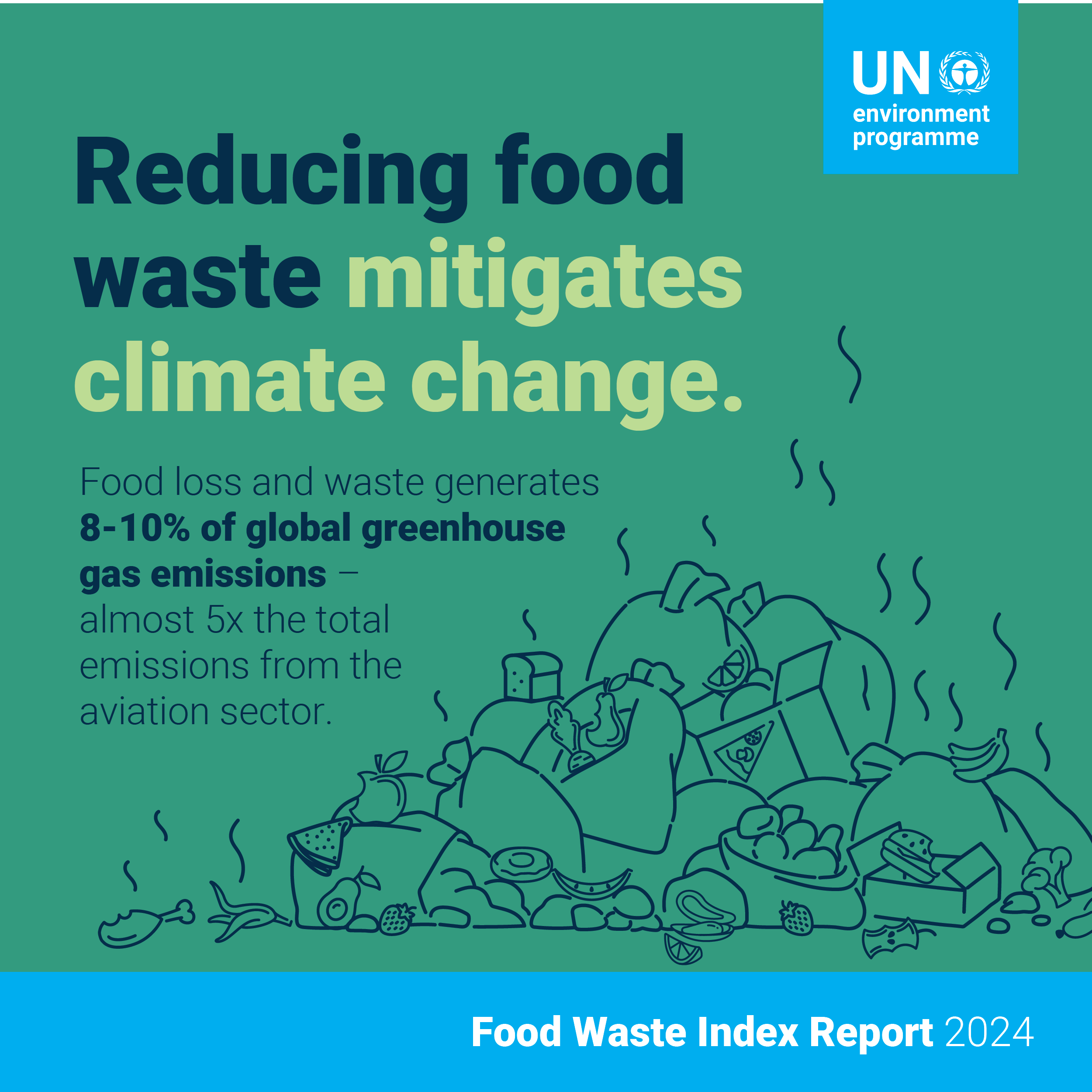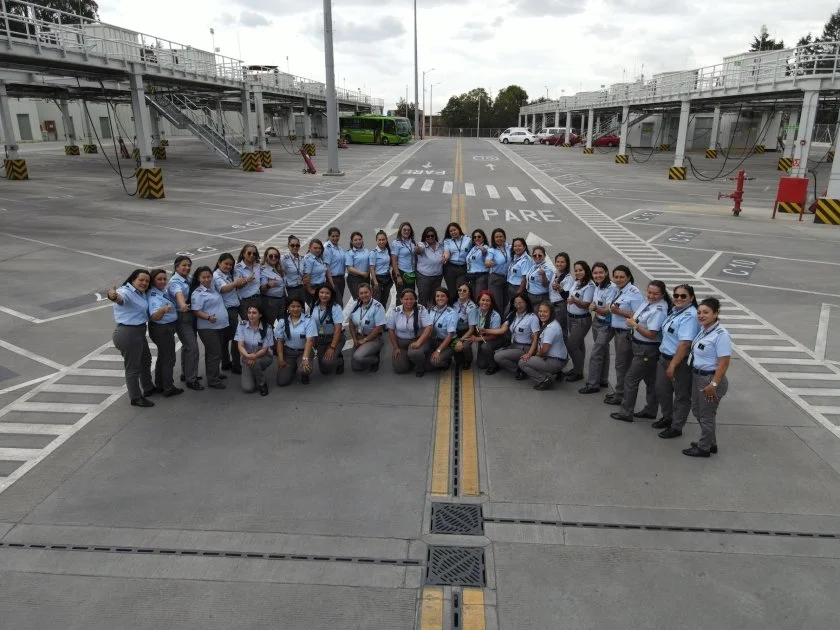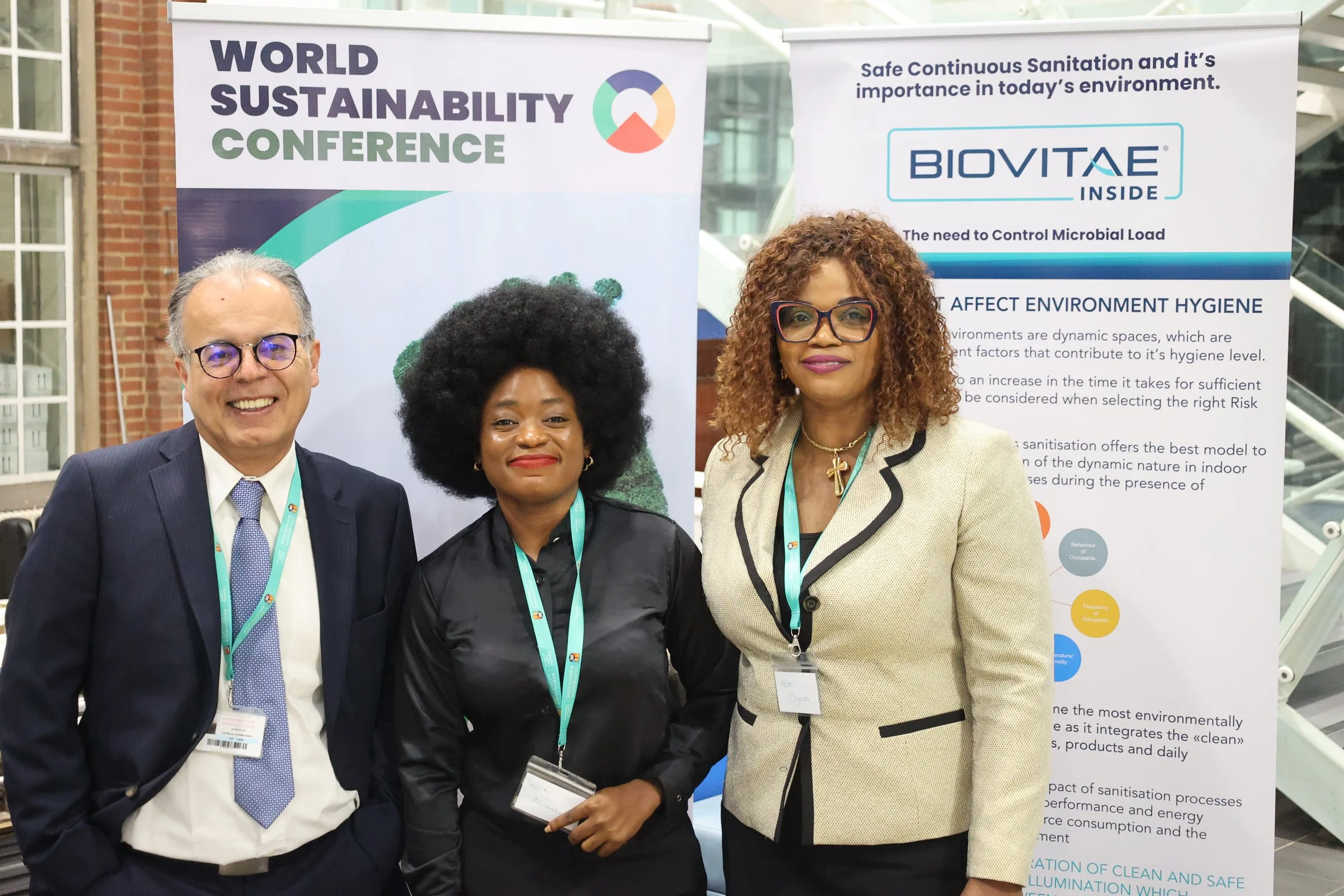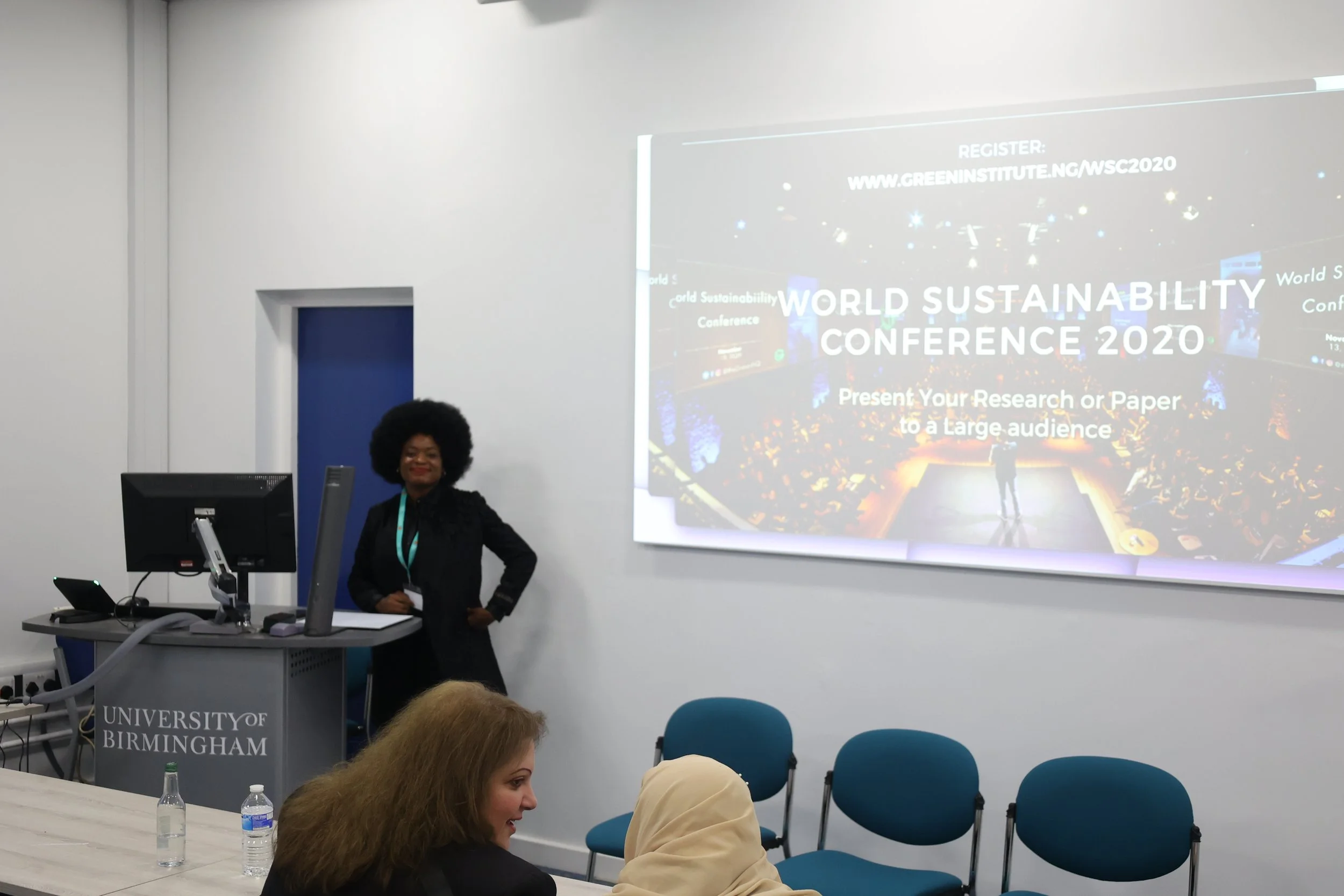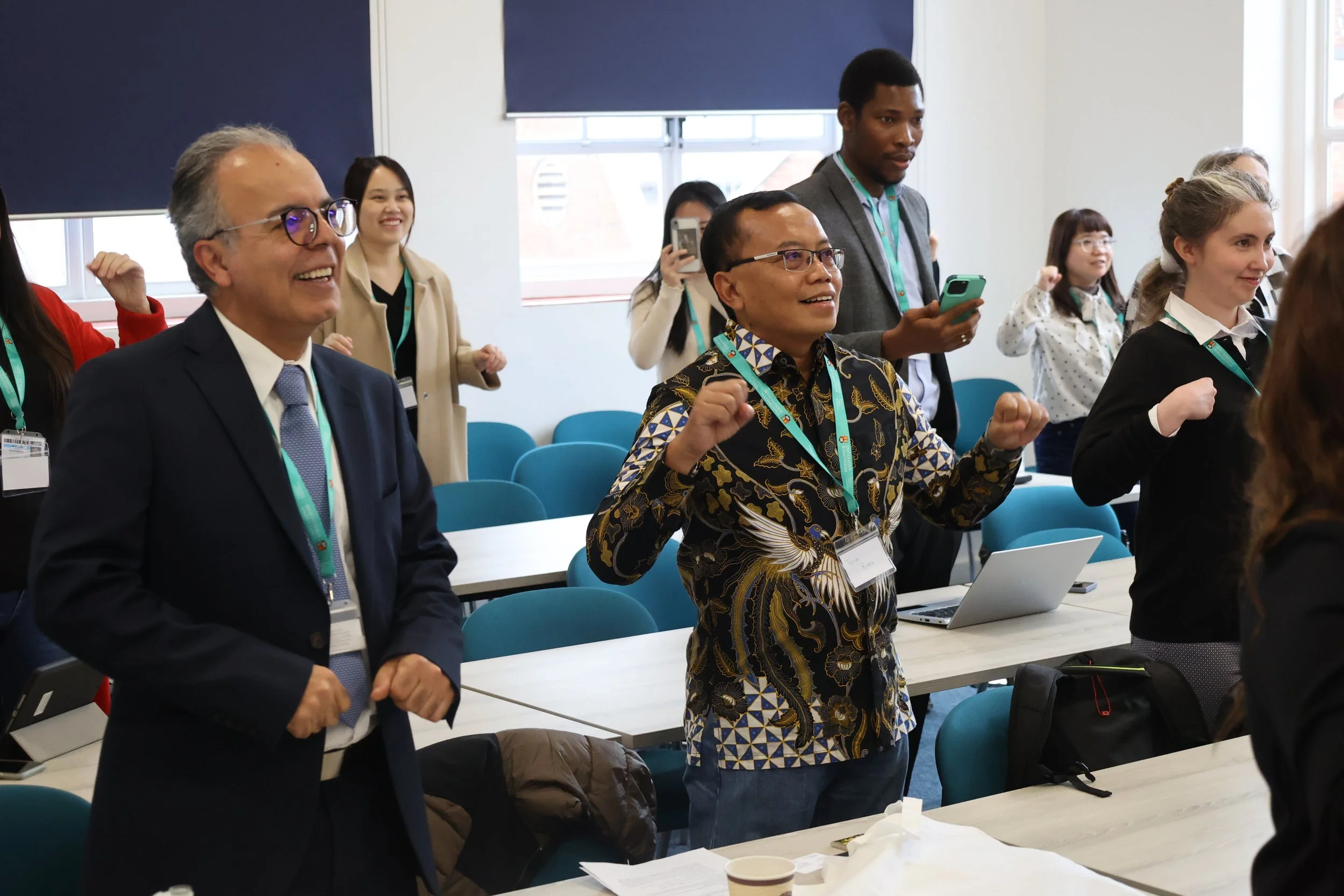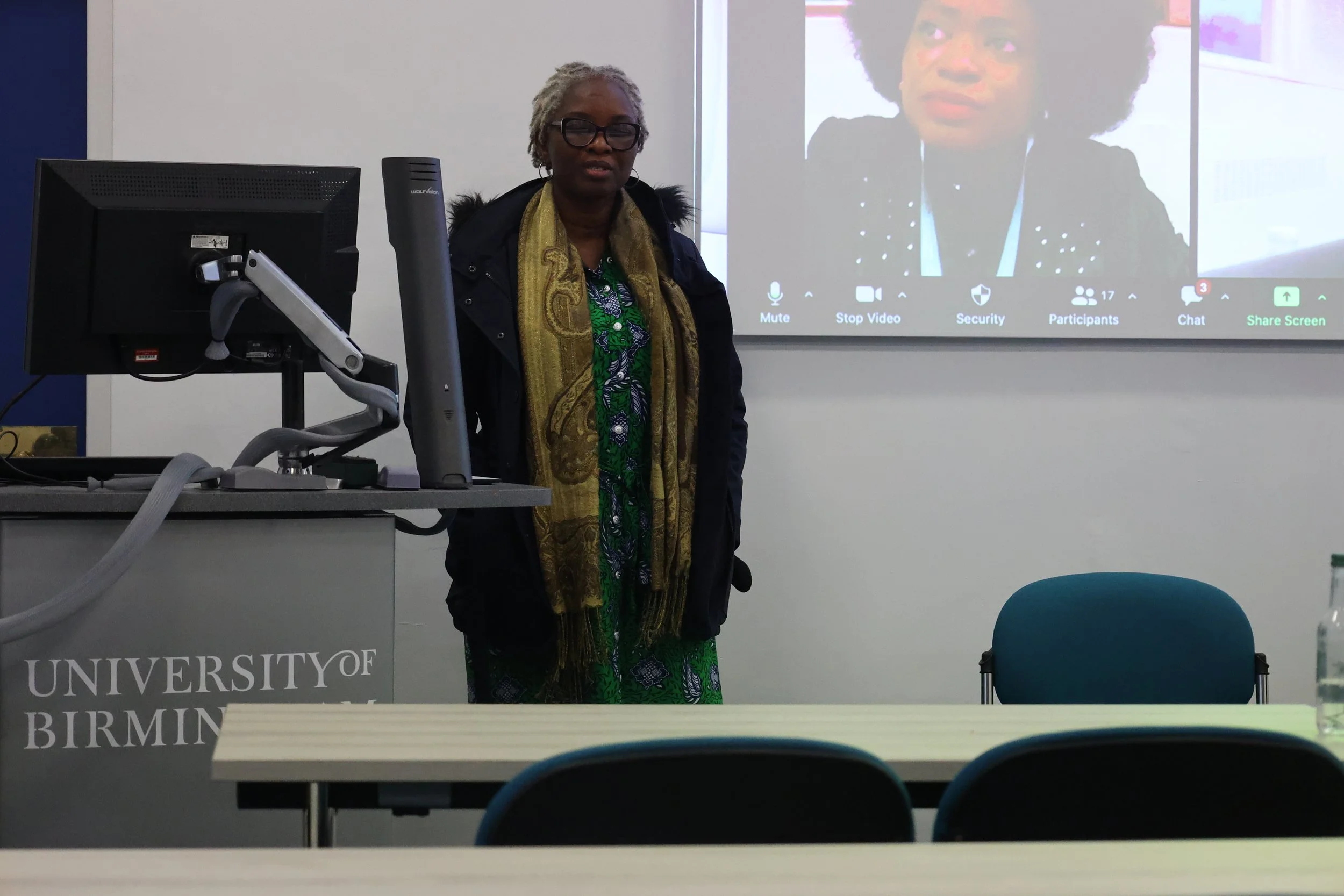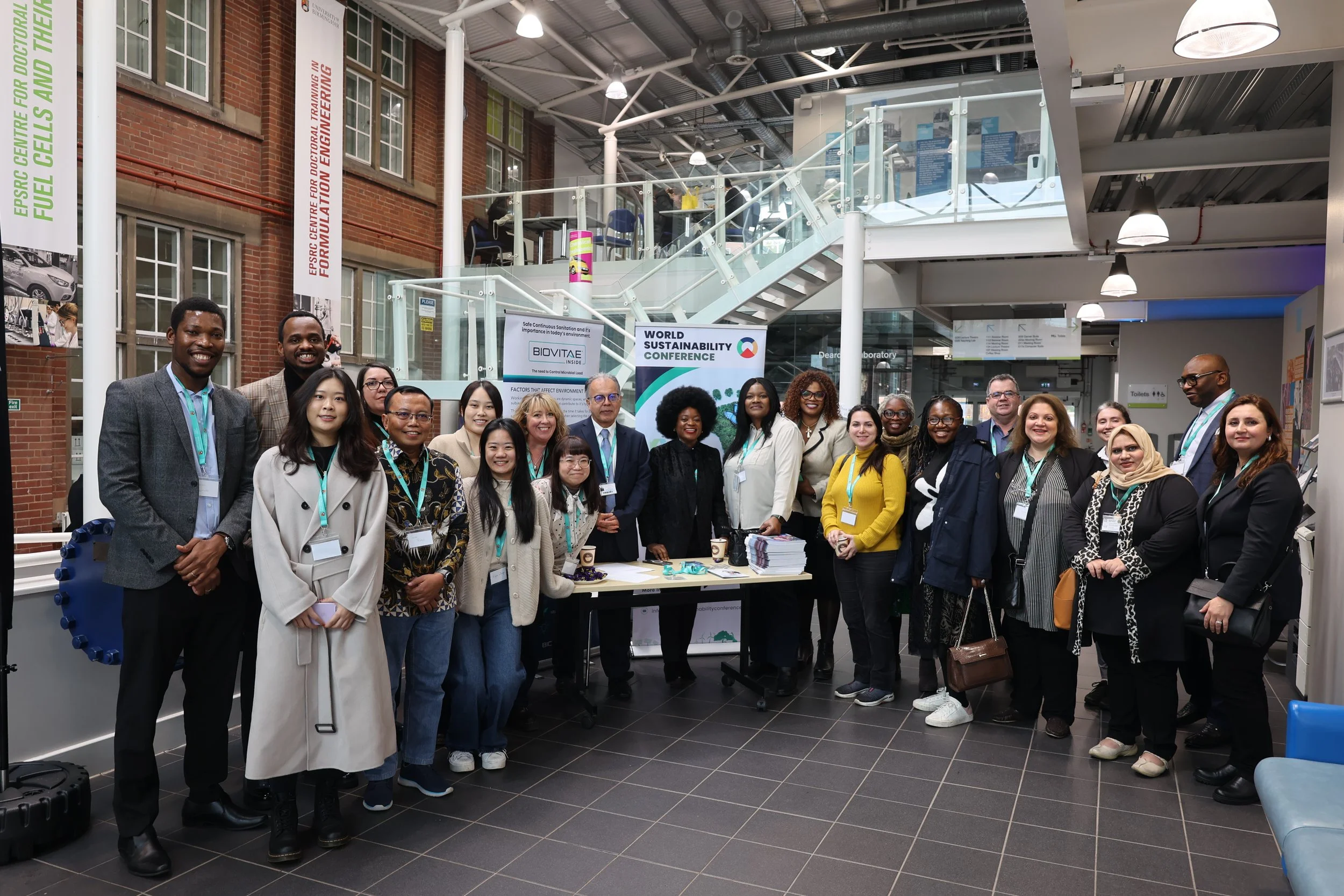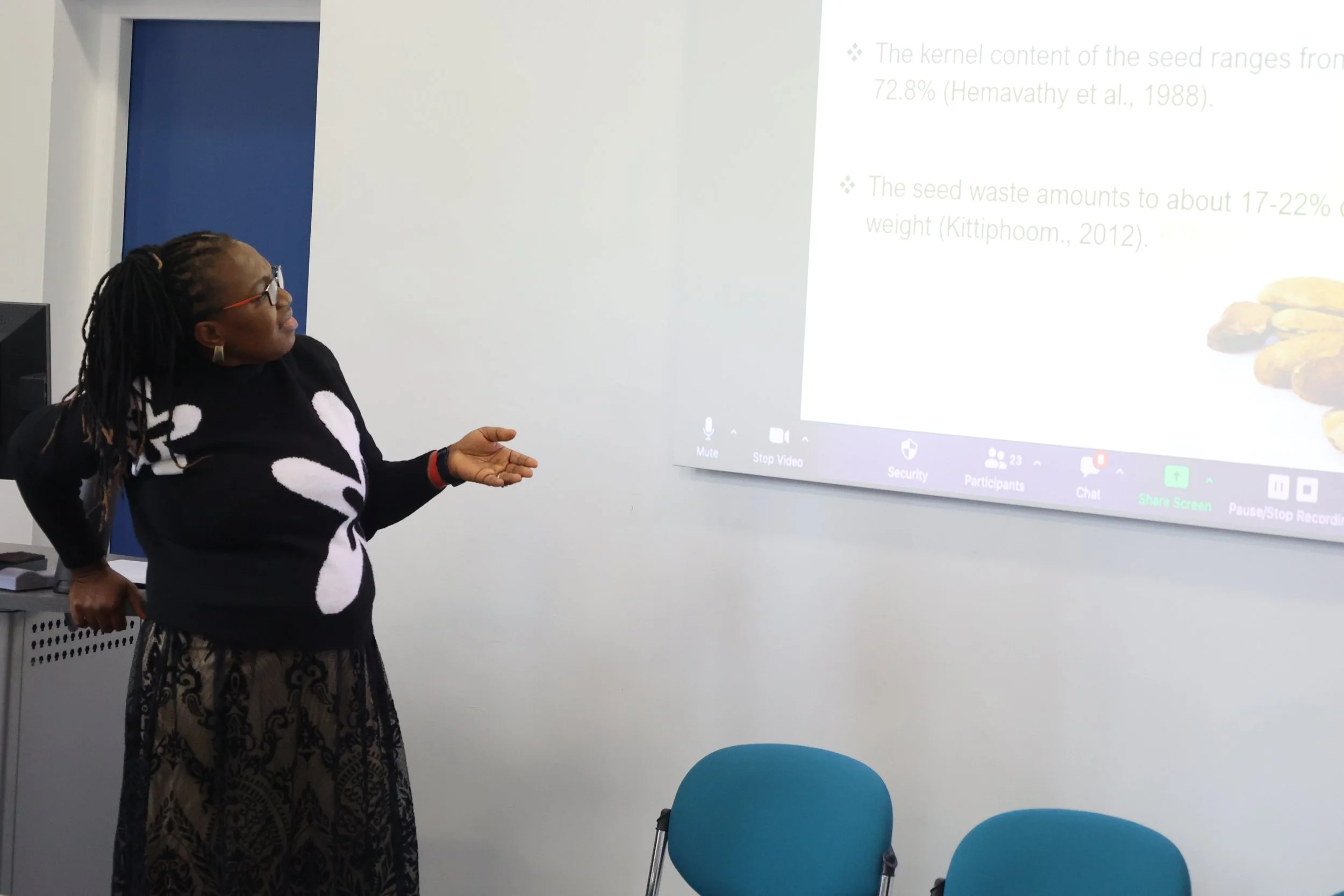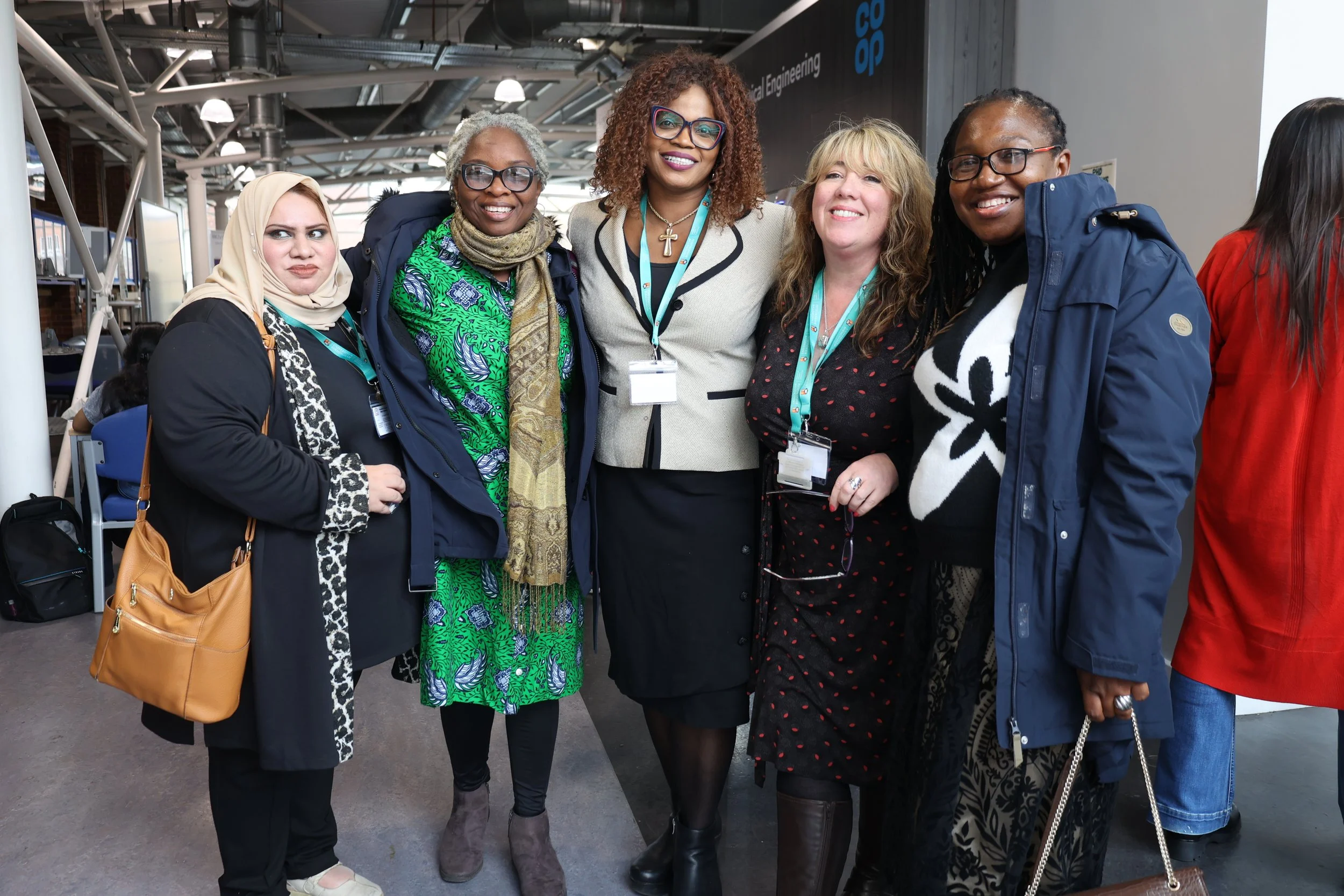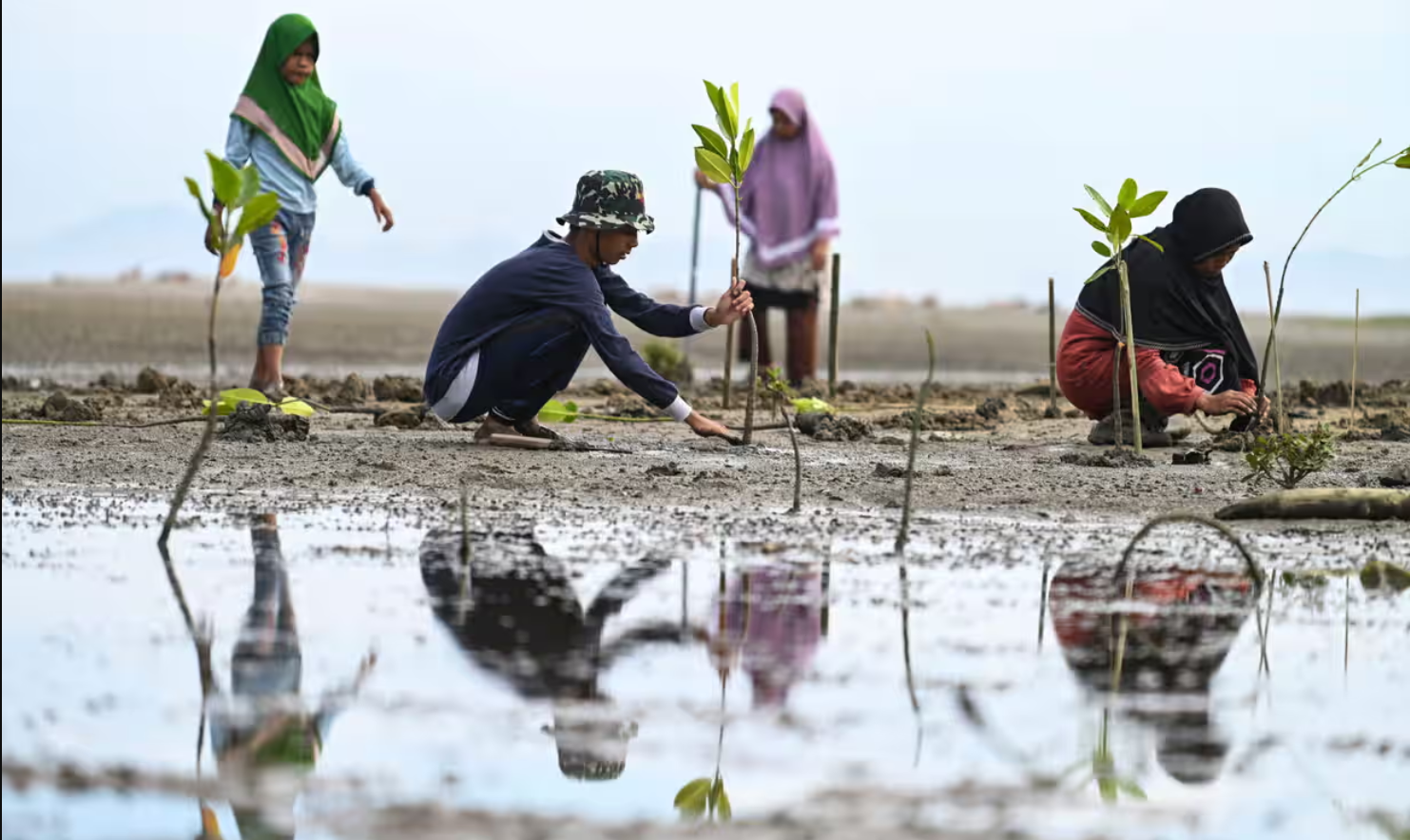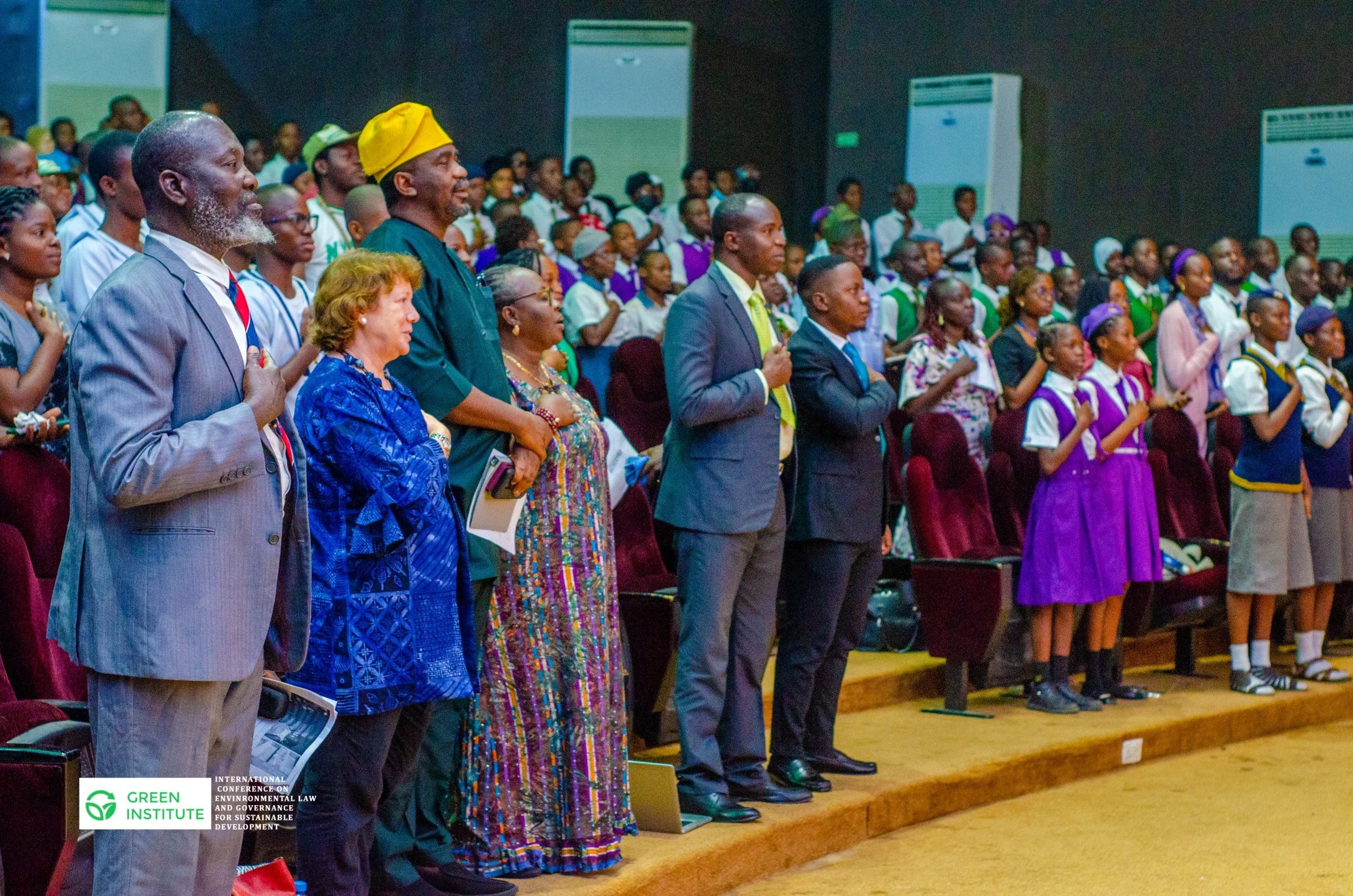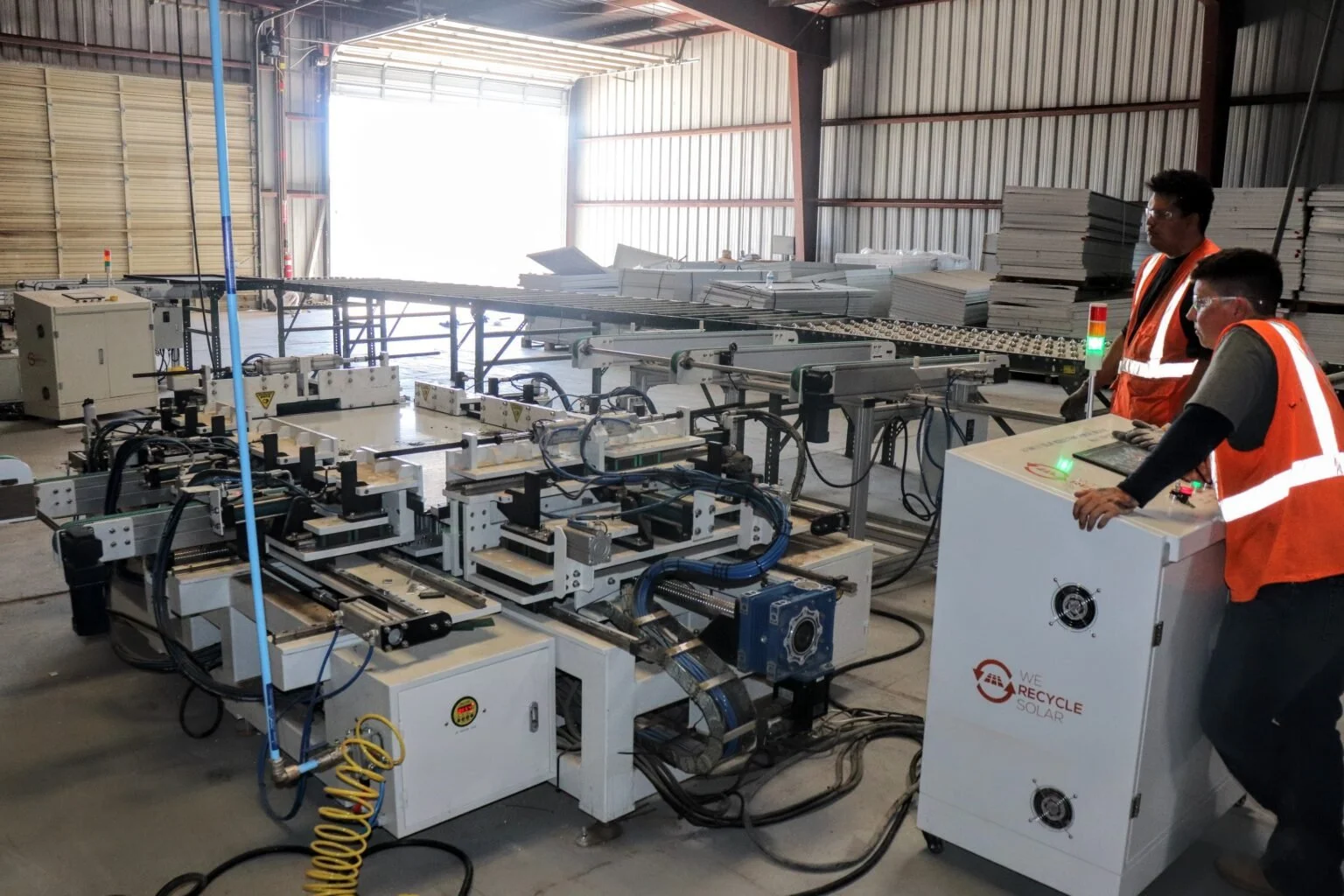Adam Morton
THE GUARDIAN NEWS
While Toyota falls in line on vehicle emission standards, questions are raised about ‘solar sunshot’ and carbon offsets
The Albanese government is attempting to pass legislation to change the rules on how much fossil fuel companies have to consult with Indigenous groups. Photograph: Dazman/Getty Images/iStockphoto
The news cycle moves fast. There was a cascade of climate news as the country slowed down for Easter last week.
Here’s some of what you might have seen, what you might have missed, and a look at what it means.
Gas industry bidding
There is an ongoing argument over changes that apply to the gas industry that the Albanese government attempted to force through last week. The details are complicated, but the main point is reasonably straightforward.
Gas companies want changes to rules governing the consultation they have to undertake with Indigenous groups before a development is approved.
Labor has spent significant effort trying to give the gas industry what it wants.
Backed by the Coalition, the government voted to cut short debate in the House of Representatives on a gas-related bill that mostly deals with worker safety. The legislation includes a clause that says gas developments that have been approved by the National Offshore Petroleum Safety and Environmental Management Authority (Nopsema), will be considered compliant with national environment law, even if that wouldn’t otherwise have been the case.
In recent years traditional owners in the Northern Territory and Western Australia have won landmark court cases overturning Nopsema approvals, forcing Santos and Woodside to consult with them further before developments could go ahead.
The gas industry, backed by the Coalition and some in the media, argued this was a failure of the system and that regulatory reform was needed to prevent people concerned about the climate crisis using legal action to slow extraction plans.
The resources minister, Madeleine King, agreed, and said her goal was to reduce “ambiguity” in consultation rules that led to legal delays. But the opposition – from First Nations advocates, conservationists, the Greens and other cross-bench MPs – has been pointed. Some Labor MPs were also alarmed.
King agreed to changes, including adding a 12-month sunset clause to the new rules. But opponents say the bottom line remains unaltered – that the government was making it simpler for gas developments to go ahead while it faced decisions on some major export developments that could lead to billions of tonnes of CO2 being pumped into the atmosphere.
There is obvious hypocrisy here. The government says it wants to help limit global heating to 1.5C and play its part in a transition away from fossil fuels, while setting up for a substantial expansion of gas production that’s clearly at odds with this goal. It hasn’t explained how these things add up beyond saying there will be demand for gas for some time. A logical goal for policymakers committed to 1.5C might be to prioritise reducing that demand while accelerating clean alternatives.
Of course, politics has its own logic. By the end of the week, the government had decided against trying to ram the legislation through the Senate, delaying the debate until at least May.
Cleaner cars (and less clean 4WDs)
The transport and climate ministers, Catherine King and Chris Bowen, finally revealed the design of the government’s proposed vehicle emissions standards.
The idea is that car companies will have to reduce the average emissions from the new cars they sell each year. It introduces an incentive for companies to sell cleaner models in greater numbers and varieties. Most comparable countries already have a version of this in place. Second-hand cars are not affected.
King and Bowen made changes to the preferred design included in a February consultation paper so that utes, vans and some 4WDs will make a gentler transition to zero emissions. According to government estimates, it lowers the estimated emissions cut from the policy by 2050 by 48m tonnes. Which is not nothing, but is a fairly small change over that timeframe.
Some climate campaigners said it showed the power of fossil fuel industries to lobby to get policies watered down. But electric vehicles manufacturers and conservation organisations were mostly sanguine, reasoning the government had initially proposed more than it ever intended to do, and that the changes were mostly tweaks.
The country’s transport emissions continue to increase, and this policy isn’t enough to fix that on its own. But it does propose a 60% cut in emissions intensity for new passenger cars and a 50% reduction for light commercial vehicles by 2030.
From the government’s perspective, the most significant shift may be Toyota’s about-face from opposing the design to last week lining up alongside Tesla and the Electric Vehicle Council as a supporter. Toyota owners – a big chunk of the car-driving market – are now less likely to be told this policy will be a disaster for their favourite brand.
A solar future?
The government also announced $1bn for a “solar sunshot” program – promised for subsidies and grants to help Australia gain a foothold in the solar manufacturing supply chain.
This seems optimistic. China basically owns this market globally and has much lower production costs. Bowen has spoken before about the importance of breaking this stranglehold. But Rod Sims, the former competition watchdog head who is now making the case for Australia to become a renewable energy superpower, told the Australian Financial Review he doubted this is an area in which the country could compete.
It may be more successful if focused on the solar supply chain, such as producing silicon, or other areas in which Australia has a potential advantage, such as producing green iron and steel.
The solar funding is the Albanese government’s latest attempt to capture a slice of the massive global green industry investment pie. More is promised in next month’s budget. Key questions to look for: will it be geared to Australia’s unique strengths? And can it avoid the failures of some past climate grant programs?
The reality of net zero
Australia faces a major challenge in helping its most fossil fuel-reliant centres and regions through the transition ahead.
Last week the government tabled legislation to create the Net Zero Economy Authority, which is proposed to help coordinate the country’s transformation from a dirty to a clean economy and make sure workers and communities are not left behind.
Greg Combet, the former Labor climate minister, who has been chairing work developing the authority, laid out the vision on Tuesday. He said it will need hundreds of billions in investment, including governments taking equity stakes in expensive and demanding projects.
Given the potential for social ruptures, getting the authority right is likely to prove as important as any of last week’s climate developments.
The problem with offsets
This is one the government would prefer not to talk about.
Peer-reviewed research by 11 Australian academics found the country’s main technique used to create carbon offsets was largely a failure and mostly not really drawing additional CO2 from the atmosphere as promised.
This matters because the country’s big polluters are using these offsets to claim they are reducing their pollution. This study says that isn’t actually happening. The ramifications if it is even partially correct are substantial.
These claims have been aired before, and have now have the endorsement of a journal in the Nature stable. They are yet to be properly addressed. At some point that will need to change.



